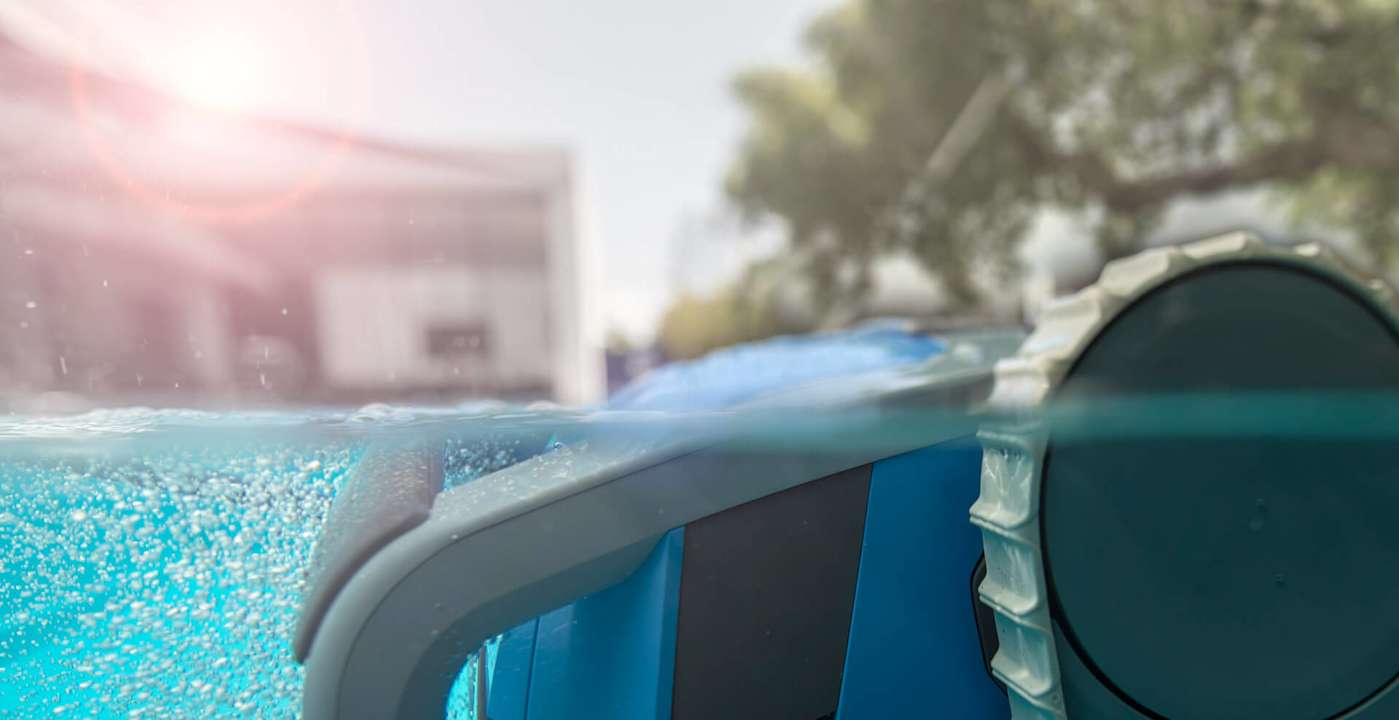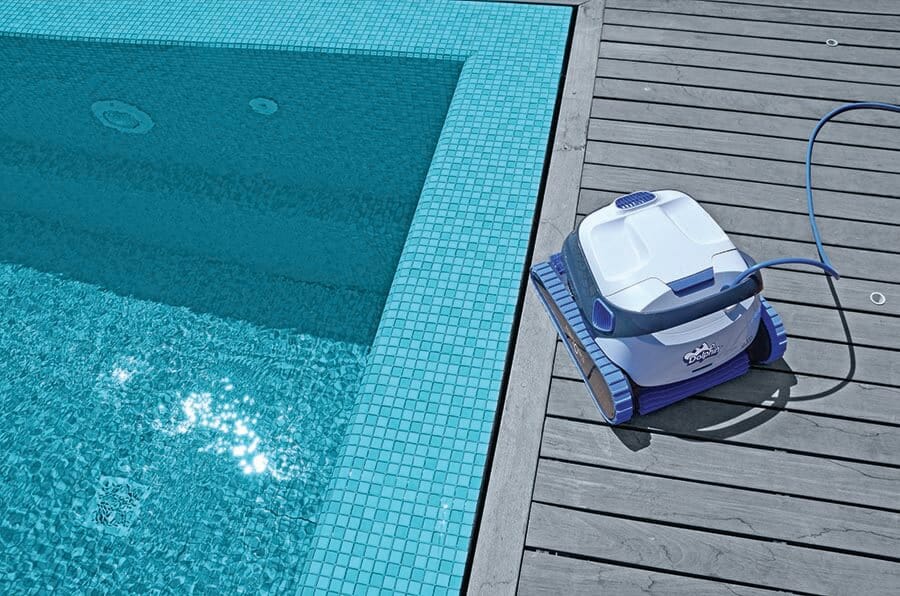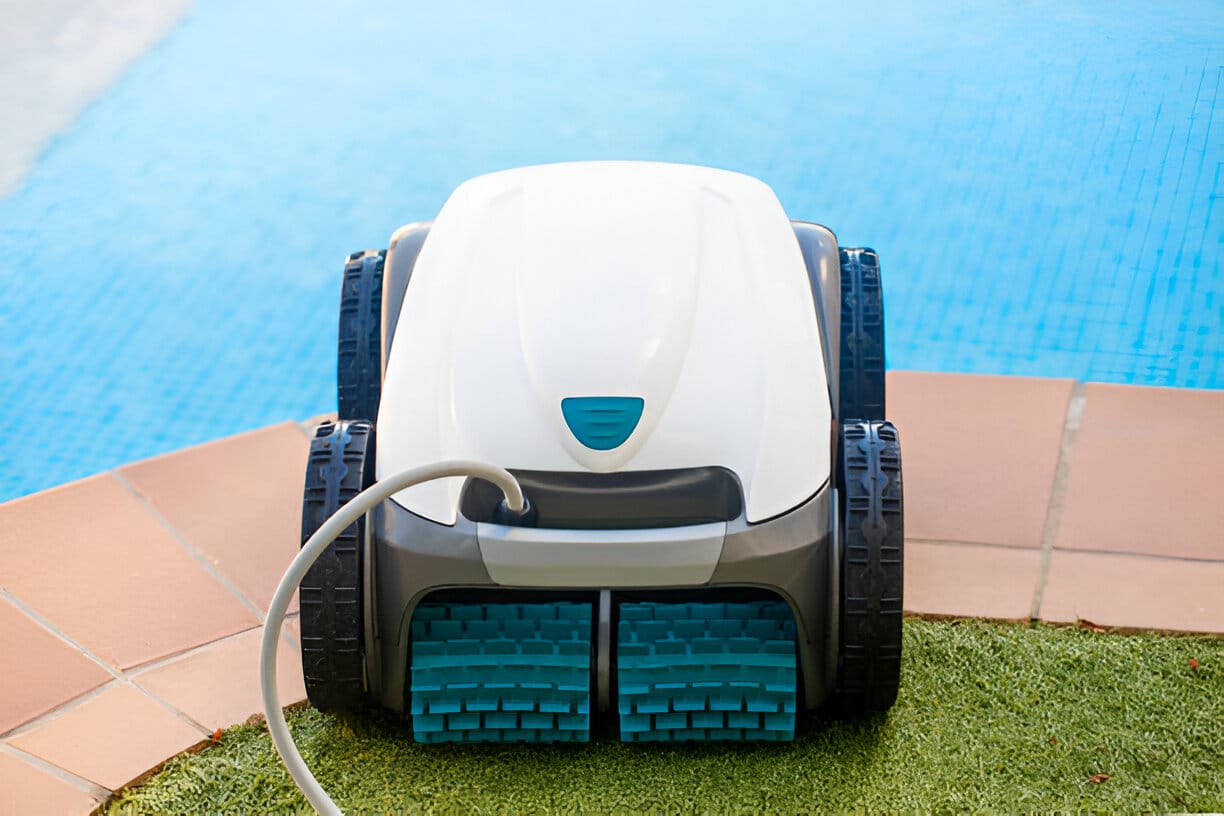How Robotic Pool Cleaners Will Change Summer Energy Bills
The shift from suction-based pool cleaners to robotic models is not just a matter of convenience. It is shaping up as a meaningful factor in household energy efficiency. For pool owners in suburbs like Wantirna, Brighton and Doncaster, where larger pools are common, the savings could be significant.

Why traditional suction cleaners drive up energy bills
For decades, suction cleaners were the default choice. They connected directly to the pool’s skimmer box, drawing power from the pool pump. The downside is their dependence on a pump that often operates at 1 kilowatt or more, several hours a day.
To cover an average Melbourne pool, suction cleaners might require six to eight hours of continuous operation. Multiply that by the 90 days of peak swimming season, and households could be running their pool pump over 700 hours each summer.
At current Victorian residential electricity rates which are roughly 30 to 35 cents per kWh (based on figures from the Australian Energy Regulator, 2023), that’s between $210 and $250 just for pool cleaning. It does not include the additional energy needed to circulate and filter the water.
This inefficiency stems from design. Suction cleaners move randomly. They retrace areas they have already covered. Corners can be missed. And while the cleaner works, the pump consumes electricity at full capacity.

The robotic alternative: small motors, smart efficiency
Robotic pool cleaners break this pattern by operating independently of the pool’s main filtration system. They run on low-voltage motors, usually 24V, supplied through a control unit plugged into a standard power point.
Maytronics, manufacturer of the Dolphin range, estimates that its robotic cleaners use the same energy as a standard household light bulb — less than 100 watts per hour. (Maytronics AU) That translates to around 5 cents an hour on Melbourne tariffs.
For a typical cleaning cycle of two to three hours, the cost is less than 15 cents. Over an entire summer of daily cleaning, the total electricity cost can be under $20.
This shift is not marginal. It is a tenfold reduction in cleaning-related energy use compared to suction systems.

Technology that makes the difference
Smart navigation algorithms:
Models such as the Dolphin M500 map the pool surface and adjust their pathing to avoid wasted movement.
Shorter runtime:
Where suction cleaners require up to eight hours, a Dolphin robotic cleaner often completes a full cycle in under three.
Independent filtration:
Robots collect leaves and fine debris in onboard filters, which reduces the load on the main pump and filter system.
Targeted wall and waterline cleaning:
Dirt that clings to vertical surfaces can require chemical intervention if ignored. Robotic scrubbing reduces chemical use, which indirectly lowers pump demand.



The sustainability angle
For Melbourne households concerned with sustainability, robotic cleaners offer a double benefit: reduced energy and reduced water use.
Traditional suction systems often demand frequent backwashing of sand filters, which wastes hundreds of litres of water each season. By taking strain off the main filtration system, robotic cleaners can cut backwash frequency. Less water lost means fewer chemicals wasted, and fewer refills from Melbourne’s water grid.
For councils under pressure to manage water use during hot summers, this shift is aligned with policy objectives. The Swimming Pool and Spa Association of Australia (SPASA) has noted a trend towards equipment that conserves both energy and water, with robotic cleaners highlighted as a key category.

A Melbourne based example: household comparison
Consider two households in Wantirna with similar 8 × 4 metre pools.
- Household A runs a suction cleaner attached to the skimmer, powered by a 1 kW pump for six hours daily. Over summer, the cleaning-related energy bill is around $200.
- Household B uses a Dolphin S300i, running independent two-hour cycles five days a week. Their cleaning-related energy cost is closer to $12 for the season.
Even after factoring in the purchase price of the robot, the annual savings in energy and reduced chemical use mean the payback period can be as short as three to four years.

Best Dolphin models for efficiency

premium model with full coverage, programmable schedules and advanced navigation.

slightly scaled back but still efficient, ideal for family pools in leafy suburbs.

app control, multiple cleaning modes and efficient cycles.

compact and cost-effective, suited to medium suburban pools.

entry-level, best for small pools or as a secondary unit.

Practical tips for lowering pool energy use this summer
Switching to a robotic cleaner is one part of the equation. Melbourne pool owners can reduce energy bills further with a few additional steps:
- Run robotic cleaners in off-peak hours to take advantage of lower tariffs.
- Pair the robot with a variable-speed pump, which uses far less power than older single-speed units.
- Use a pool cover to keep out debris and reduce cleaning frequency.
- Schedule cleaning every second day rather than daily in low-debris periods.
- Maintain the robot’s filters and brushes — efficiency declines when clogged.

